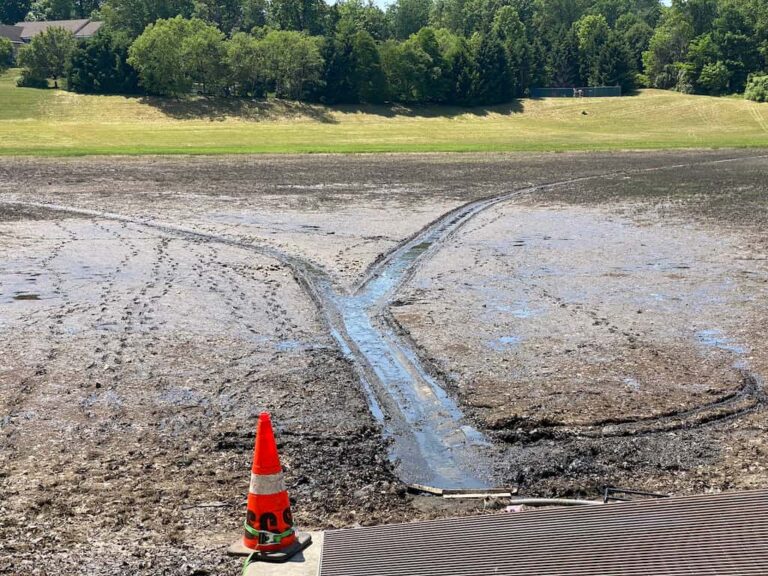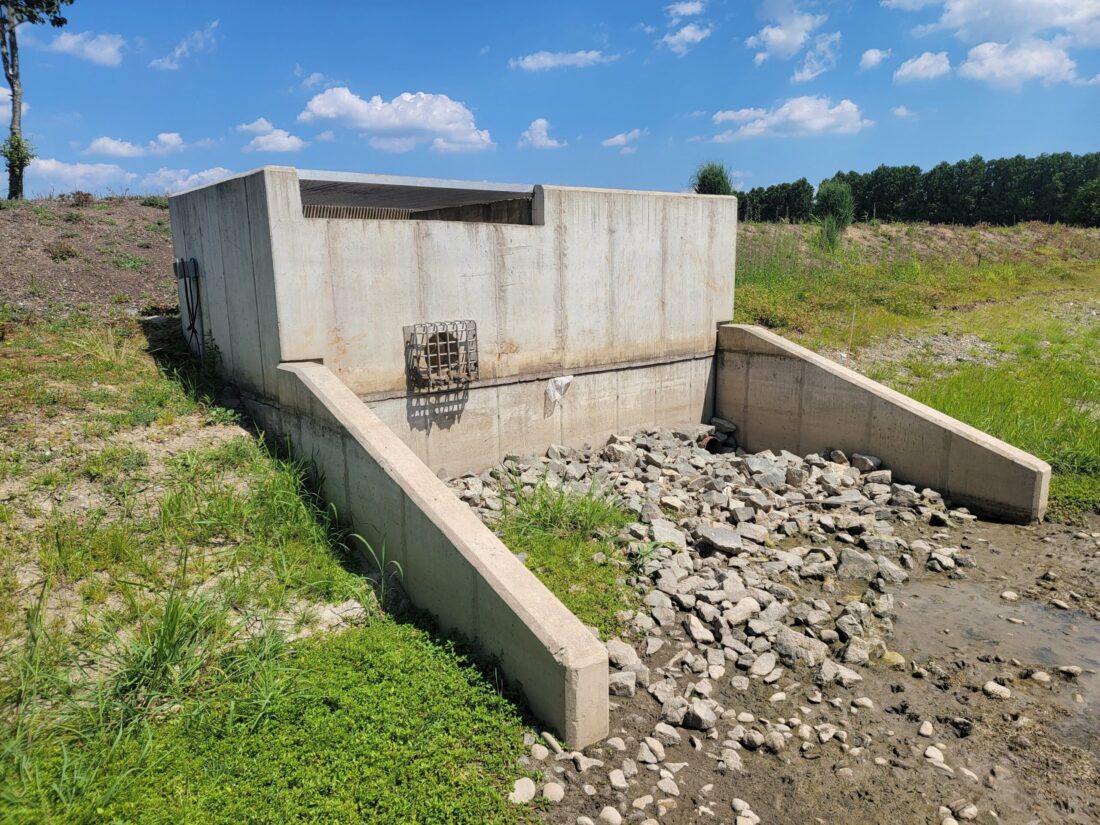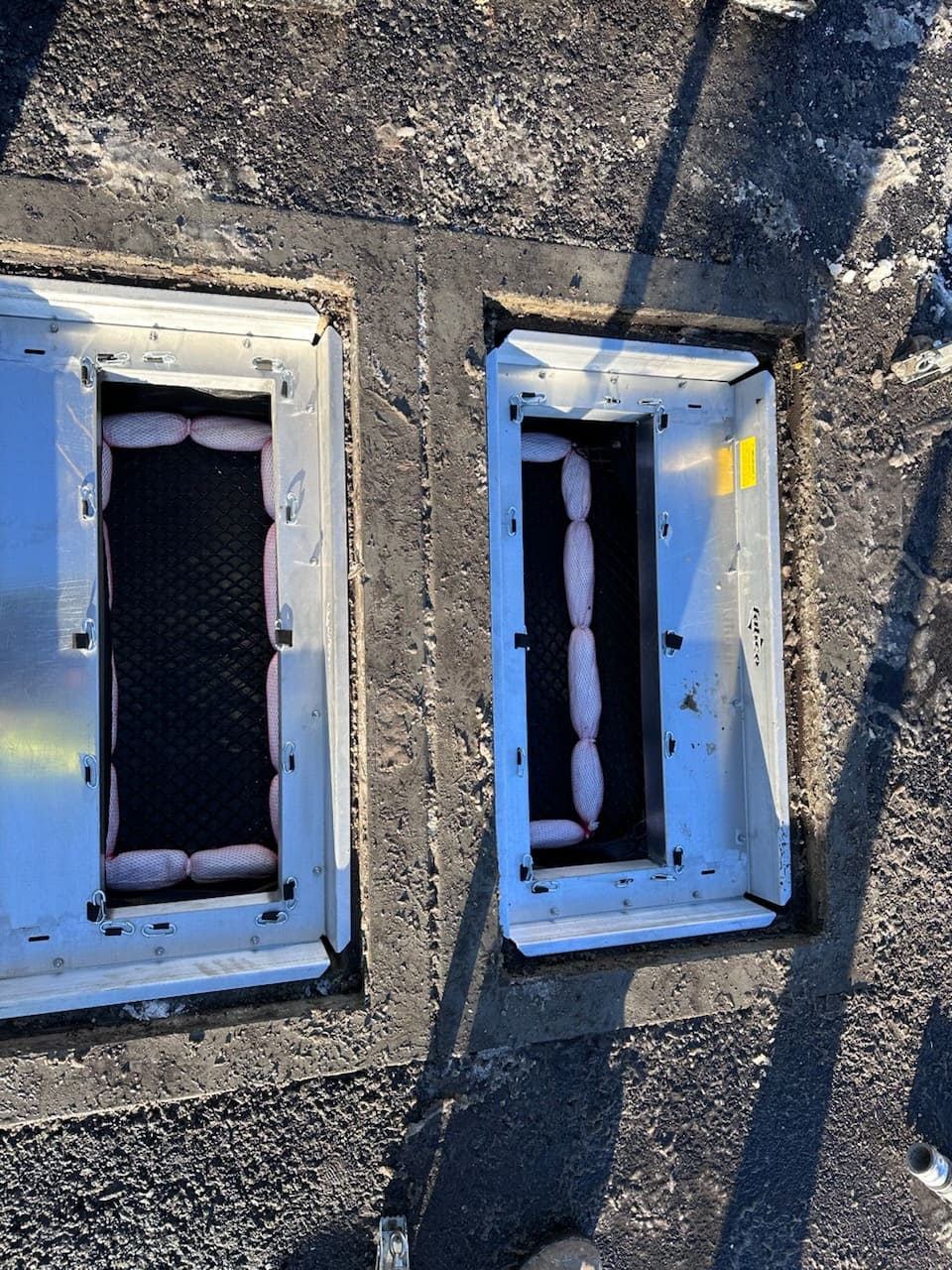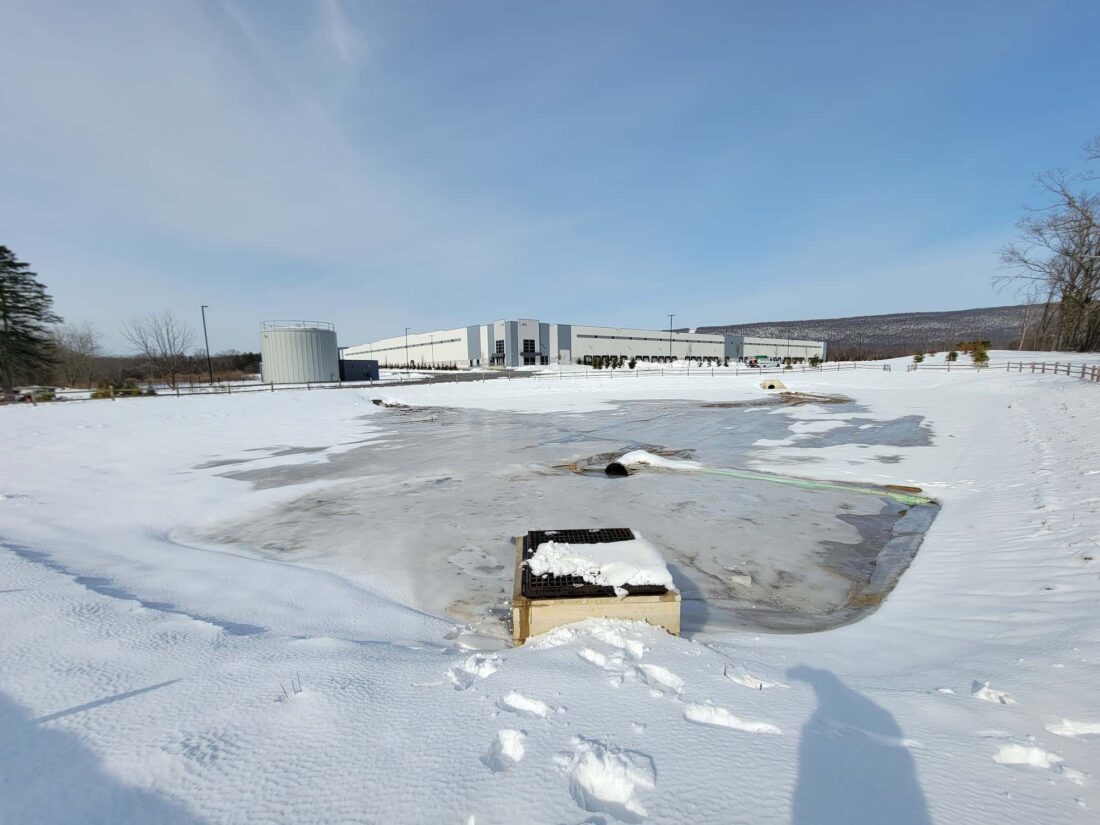
What Are Stormwater Solutions?
Last Updated on December 8, 2023 by Stormwater Compliance Solutions
Stormwater runoff poses significant challenges in urban environments, leading to flooding, water contamination, and environmental degradation. To address these issues, it is crucial to implement effective stormwater management solutions. Read on to learn more about various techniques and strategies that can be employed to mitigate the negative impacts of stormwater runoff, the use of green infrastructure, and innovative technologies.
Is It Stormwater or Storm Water?
First off, you might need clarification on whether the correct way to refer to stormwater is “stormwater” or “storm water.” As you search the Internet for various storm water solutions you may find two different spellings come up, but which one is correct? Is stormwater one word or two?
For those wondering if stormwater is one word, the answer is “yes.” The industry has generally adopted “stormwater” as one word. You may still see “storm water solutions” on the Internet, and even some government agencies are still making the switch on their websites and in their stormwater permits. Still, the vast majority of our industry has adopted the one-word spelling.
Understanding the Impact of Stormwater Runoff
What is stormwater management a control of? Stormwater runoff occurs when rain or snowmelt flows over impervious surfaces, such as roads, parking lots, and rooftops, carrying pollutants and excess nutrients into water bodies or storm drains. In undeveloped areas, precipitation is typically absorbed into the ground, allowing soil and plants to filter out contaminants.
However, the proliferation of hard surfaces in urban and suburban areas hinders natural filtration processes, exacerbating the detrimental effects of stormwater runoff on water quality and ecosystems.
The Environmental Consequences of Stormwater Runoff
Uncontrolled stormwater runoff leads to various environmental consequences, including
- Water contamination: As stormwater flows over impervious surfaces, it picks up pollutants such as nitrogen, phosphorus, oils, grease, and debris. These contaminants can contaminate water bodies, degrade water quality, and harm aquatic habitats.
- Habitat degradation: The concentrated flow of stormwater erodes river banks and natural barriers that protect water quality in rivers, wetlands, and estuaries. Erosion caused by runoff can disrupt ecosystems and contribute to habitat degradation.
- Flooding: Excessive stormwater runoff overwhelms drainage systems, leading to flooding in urban areas. Flooding risks to human safety but also causes property damage and disrupts daily life.
- Erosion and sedimentation: Runoff carries sediments, silt, and other particles, which can accumulate in water bodies and impair their ecological balance. Sedimentation can suffocate aquatic life, degrade habitats, and reduce water clarity.
An effective storm water management company and stormwater pollution solutions are essential to mitigate these environmental consequences and ensure the long-term sustainability of our communities.
Key Principles of Storm Water Treatment
To address the challenges posed by stormwater runoff, solutions to stormwater pollution should be guided by the following key principles:
- Flood prevention: Implement measures to reduce the physical, biological, and economic impact of flooding caused by stormwater runoff. By managing the volume and intensity of runoff, flood risks can be minimized.
- Pollution filtration: Use techniques that filter pollutants from runoff before it reaches water supplies and natural waterways. By employing filtration systems, the quality of water entering water bodies can be significantly improved.
- Erosion control: Implement measures to reduce erosion and decrease the accumulation of silt caused by stormwater runoff. By preserving natural barriers and stabilizing river banks, the physical and chemical components of runoff can be minimized, thus protecting groundwater, streams, and rivers.
- Water reuse: Capture and utilize rainfall for various purposes, such as landscape irrigation, cooling towers, and toilet flushing. By reusing stormwater, pressure on existing freshwater supplies can be reduced, contributing to overall water conservation efforts.
Also, more sustainable stormwater solutions are favored to help protect the environment.
Green Infrastructure: Nature’s Own Stormwater Solutions
Green infrastructure (GI), also known as low-impact development (LID), utilizes natural processes to manage stormwater runoff effectively. Green infrastructure techniques provide sustainable and eco-friendly stormwater solutions by mimicking the water cycle and promoting infiltration. Some stormwater treatment solutions include the following.
Rainwater Harvesting
Rainwater harvesting involves capturing rainwater from rooftops and other surfaces and storing it for later use. This practice reduces the quantity of stormwater runoff and provides a valuable water source for various applications. Rainwater harvesting can be tailored to meet specific needs from small-scale residential systems to large commercial installations. The captured rainwater can be used for landscape irrigation, toilet flushing, and even fire protection in fire-prone areas.
Green Roofs
Green roofs, also known as vegetated roofs, are an excellent example of green infrastructure that is an effective stormwater solution. By covering rooftops with vegetation, green roofs allow rainwater to be absorbed by plants, slowly evaporating back into the atmosphere. This natural process reduces the runoff volume and mitigates the urban heat island effect, contributing to a more sustainable and cooler urban environment.
Rain Gardens
Rain gardens are shallow depressions planted with native vegetation and are a stormwater solution that collects and holds stormwater runoff from impervious surfaces. The soil and plants in rain gardens act as natural filters, removing pollutants and allowing the water to infiltrate slowly into the ground. By incorporating rain gardens into urban landscapes, stormwater can be effectively managed while enhancing the aesthetic appeal of the surrounding environment.
Bioswales
Bioswales are engineered landscape features designed as stormwater solutions to convey stormwater to specific areas for storage and filtration. These linear channels, often with gentle slopes, guide runoff from large impervious surfaces such as parking lots or roadways to designated storage areas. With the help of specially engineered soils, bioswales facilitate the infiltration of stormwater, reducing the volume of runoff and improving water quality.
Permeable Surfaces
Permeable surfaces, such as permeable pavers and pervious concrete, offer an effective stormwater solution for paved areas. Unlike traditional impervious surfaces, permeable hardscapes allow water to pass through the surface material, allowing it to infiltrate into the ground. Using permeable surfaces helps reduce runoff volume, minimize erosion, and replenish groundwater supplies.
Innovative Technologies in Stormwater Management
In addition to green infrastructure solutions, innovative technologies play a crucial role in stormwater solutions. These technologies leverage advanced engineering and scientific principles to address the challenges posed by stormwater runoff. Some innovative stormwater management solutions include:
- Stormwater treatment units: These units are engineered systems designed to remove pollutants from stormwater runoff. These units employ various filtration and treatment mechanisms to capture and treat contaminants before the water is discharged or reused. Advanced stormwater treatment units utilize processes such as sedimentation, filtration, and chemical treatment to achieve high levels of pollutant removal, ensuring water quality protection.
- Smart stormwater monitoring systems: Smart stormwater monitoring systems utilize sensor technology and data analytics to monitor and manage real-time stormwater runoff. These stormwater solution systems collect data on rainfall intensity, runoff volume, and water quality parameters, enabling proactive decision-making in stormwater management. By providing accurate and timely information, smart monitoring systems help optimize the operation of stormwater infrastructure and improve overall system performance.
- Green infrastructure modeling tools: Green infrastructure modeling tools employ advanced computer modeling techniques to simulate the performance and effectiveness of green infrastructure practices. These tools enable planners and engineers to assess the potential impact of green infrastructure implementation on stormwater runoff volume, water quality, and flood control. By using these modeling tools, decision-makers can make informed choices and optimize the design and placement of green infrastructure in urban stormwater management.
Stormwater runoff can be effectively managed by implementing these green infrastructure practices, mitigating the environmental impact, and promoting sustainable urban development.
Whether you spell it storm water solutions or stormwater solutions, we would love to hear from you and assist you with your compliance needs. Contact us through our website or give us a call at 908-879-1145.
Here are some helpful links for more details on some of the services we provide:
Virtual Stormwater Management Program and SWPPP Training




